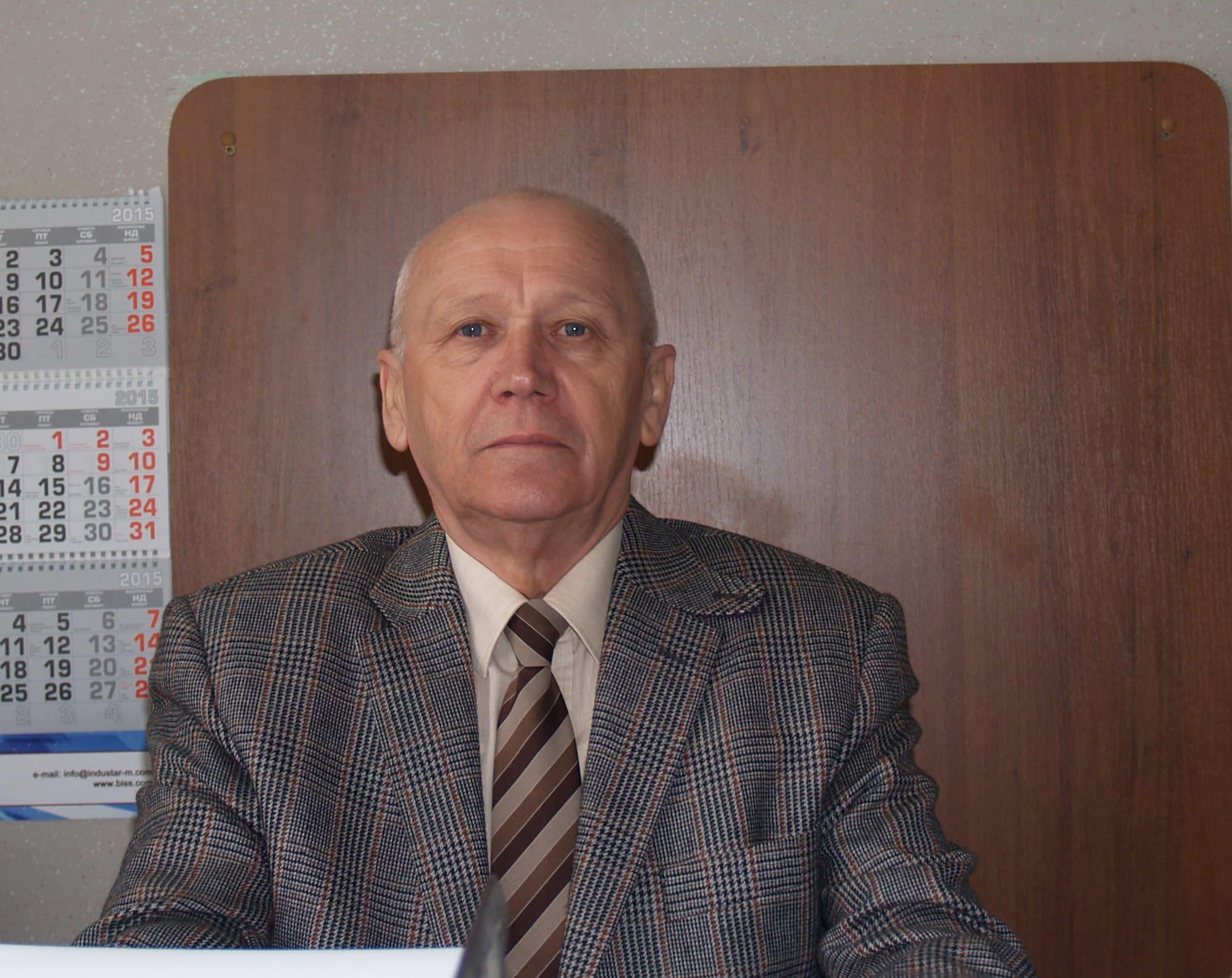
Target complex Programme for Research of NAS UKRAINE
Fundamental problems of hydrogen and renewable energy and fuel all technologies
Home |
Hydrogen production |
Hydrogen Storage |
Fuel cells |
|
|
|||||||
|
|
|
Scanning electron microscopy, which demonstrate corresponding fracture mechanism of incorporated in agglomerates of particles of nickel phases in the anode cermets :
a - intergrain destruction of material after a single reduction in hydrogen;
b - transgrain destruction of improved redox-finish nickel phase agglomerates with the high strength of adhesion.
Fields of application
Design and manufacture of special equipment for redox-processing of half-cell samples and determine the performance of pilot samples of ceramic fuel cells (SOFC), which will later be used in various industries of Ukraine, particularly in enterprises Ltd. Virage, Ltd. UA Technology, Yuzhnoye State Design Office in power systems for unmanned aircraft.
Brief description
Establishment patterns of relationship of change in the structural and phase state and heat resistance, hydrogen resistance and electrical of SOFC materials based on titanium composites in reducing and oxidizing environments. Investigation of influence of the structural and phase state composite anode and interconnects from titanium composites with functional coatings on heat resistance, hydrogen resistance and electrical properties of these materials. The choice of optimal materials for investigated SOFC elements.
Expected results
The results of the study of materials for the manufacture of anodes, electrolytes, cathodes, and interconnects of the CFCs, obtained by the scientists of the NAS of Ukraine, create a scientific and technological basis for the production of low-weight energy conversion devices in Ukraine, in particular for the aerospace and automotive industry. In order to increase the economic efficiency of the use of the CFCs, it is necessary to ensure their workability when using hydrocarbon fuels, such as natural gas, biogas, etc.
Advantages
Due to the use of redox-cycling technology of investigated samples anode material increases its strength 12-60% and 50-300% for conductivity. Introduction to interconnects MAX phase material titanium provides a comparison with conventional chromium ferritic steels such Crofer advantages density, high bulk conductivity, temperature range much higher surface heat resistance, high resistance to hydrogen environment. The proposed material is chemically stable, while steel Crofer tend to form volatile chromium compounds, which cause degradation of the SOFC cathode. The low density of the proposed material is especially important for automotive and aerospace appointment.
Competitors
Forschungszentrum Julich (Germany);
POSCO Energy fuel cell (South Korea);
FuelCell Energy, Inc. (Germany);
Bloom Energy (USA).
Project development
It has been shown that the promising for manufacturing thin-walled (~0.5 mm) anodes-substrates of CFCs is the material of the 8YSZ–NiO system obtained by the method of tape casting. One can expect to increase its physical and mechanical properties after redox-cycling in a Ar–5% H2 mixture. It has been established that the promising material for the manufacture of the interconnects of CFC is Ti2AlC-based composite, which has a higher oxidation resistance than Ti3AlC2-based composite. Suitable materials for such CFC components are also sintered Ti–Si–C composites and Ti–Al cast alloys. It is established that such materials have advantages in strength at ambient temperature in air and in high temperature (600 °C) hydrogen environment and also in oxidation resistance at 600 °C, as compared to the ferrite steels of the Crofer type used traditionally for interconnects of the CFC. A titanium based composite allows their weight to be reduced almost twice. However, it is necessary to develop a technology for producing thin-walled (~0.5 mm) interconnects from investigated titanium materials.
Contact information
Executing : Karpenko Physico-Mechanical Institute, National Academy of Sciences of Ukraine
Project 25 «Study of the influence of the environment on the physical and mechanical properties of materials of ceramic fuel cells and develop methods of their improving».
Project leader:
 Ostash Orest P.
Ostash Orest P.
Doctor of Technical Sciences